Do 335 Conversion to P232/2
I started this conversion in back in October of 2012, and it has been a wonderful challenge to date. This is my first model in about 6 years, perhaps a bit ambitious... but fun none the less.
I still have a bit left to go on her and I haven't fully decided on the paint scheme that will adorne this thing. I will update my progress as well. Also, feel free to follow me through my experience here: http://yellownose.com
Enjoy!
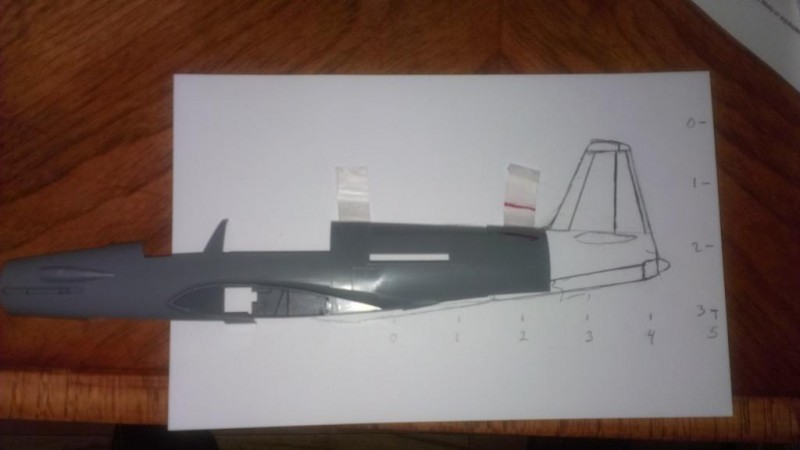
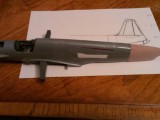
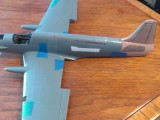
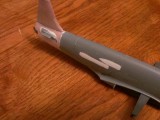
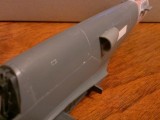
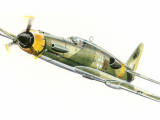
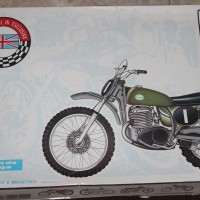
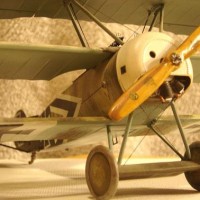


Brilliant. So what was the P 232/2 - a hybrid jet/prop powered Pfeil, like a Ryan Fireball?
Here is where I found the inspiration: Luftwaffe Secret Projects by Midland - and this is what they have on it:
-Short answer - Yes to the jet/prop powered
The Domier P 232/2 project*' was initiated in May 1943 as a single-seal fast bomber, heavy fighter and low-level altack aircraft. lis overall configuration was derived from the earlier Do 335 'Pfeil' (arrow), nicknamed the 'Ameisenhar' (ani-eater), where the rear rec~ iprocating engine was replaced by a JUffiO 004C turbojet which could be attached to the rear fuselage at the standard attachment points. When not in use, the hoVa lateral air intake scoops for the turbojet could be retracted into the fuselage to reduce drag.
The combination of airscrew and turbojet enabled the advantage of both types of propulsion unit to be realised: long ranges when the piston engine was used alone, and a high cruising speed especially at low altitude with both engines in operation. In the latter case, calculations gave a maximum continuous cruising speed of 646krn/h (40Imph) - an increase of 85km/h (53mph) over the Do 335, and a range of 1,250km (777 miles). With the TL engine switched off, range was 3,500km al 530km/h (2,175 miles at 329mph). According to the construction brochure of 28th May 1943, the tactical capabilities of the P232/2 at low-level were ideal. Since turbojet installation resulted in reduced weight, the expendable load could be increased to I,OOOkg (2,205Ib). Fixed armament was to consist of a single MK 103 firing through the propeller shaft and two MG 151/20 replaced later by two MK I08s.
hows the work going, love the german ingenuity!
It's going great! Just put some paint on it last night actually. I've been logging my progress here: http://www.yellownose.com/?s=p232
So far there are 3 parts with part 4 intended to be the finali. That should be published in the next week or so.
Ok, i've posted a few pics with paint progress here: http://www.network54.com/Forum/47751/message/1361637923/P232+has+a+coat%21